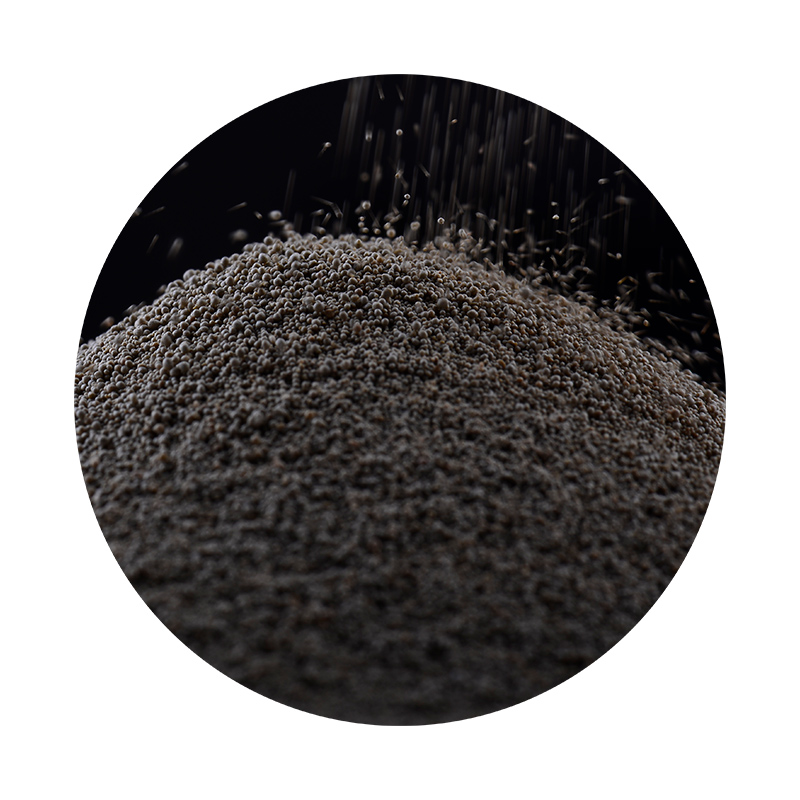Enhancing 3D Printed Objects through Sanding
3D printing has revolutionized the way we create objects, allowing for intricate designs and rapid prototyping. However, while 3D printed items can achieve remarkable detail, they often require finishing touches to enhance their appearance and functionality. One of the most effective methods for achieving a smooth, polished finish is sanding.
Enhancing 3D Printed Objects through Sanding
Before starting the sanding process, it’s essential to choose the right type of sandpaper. Sandpapers come in various grits, which indicate the coarseness of the abrasive material. For initial sanding of rough surfaces, coarser grit sandpapers (around 80 to 120 grit) are useful for quickly removing material and smoothing out the most significant imperfections. Once the initial layers are smooth, finer grit sandpapers (up to 400 grit or higher) should be used for a more polished appearance.
3d printing sanding

When sanding 3D printed objects, it’s advisable to take your time and work gradually. Begin by sanding in one direction to prevent creating uneven surfaces. After achieving a satisfactory level of smoothness, switch to finer grit sandpaper to refine the surface further. Additionally, dust generated during the sanding process can adhere to the model, so it's a good idea to regularly wipe the surface with a damp cloth to keep it clean.
Another important factor to consider is the material of the 3D print. Different materials respond differently to sanding. For example, PLA (Polylactic Acid) is relatively easy to sand and can achieve a nice finish with careful handling. On the other hand, materials like ABS (Acrylonitrile Butadiene Styrene) can be more challenging due to their tendency to melt under friction. Therefore, it is crucial to understand the properties of the filament used for printing to apply the correct sanding technique.
After sanding, some users may opt to apply additional finishing techniques, such as painting or coating, to achieve a desired look. Spray paints and primers designed specifically for plastics can enhance the appearance further, while also providing a protective layer against wear and tear.
In conclusion, sanding is an essential step in the post-processing of 3D printed objects. With the right materials, techniques, and patience, users can transform their 3D prints from rough prototypes into polished, professional-looking products. Whether for functional parts or artistic creations, effective sanding can significantly enhance the quality and usability of 3D printed items, showcasing the full potential of additive manufacturing technology.
Post time:Oct . 31, 2024 13:53
Next:Golden Shores of Serenity and Adventure Await You
